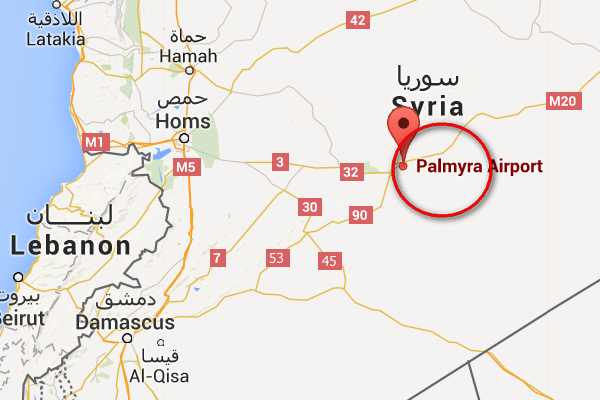
— The Syrian Army soldier had long served in Palmyra, but he was on leave when he heard that Islamic State militants had attacked a village northeast of the desert city, killing dozens of his comrades. He sent frantic text messages, trying to reach them. No one answered.
He shared his anguish last week in a series of texts as he slowly pieced together bits of the story from survivors of the massacre. Soldiers told him they had run out of ammunition. One officer radioed to headquarters, “We’re finished.” Worst of all, the soldier said, was the photograph he was shown of the decapitated body of a friend, the 19-year-old daughter of a Syrian general.
Within a matter of days this week, the Islamic State, also called ISIS or ISIL, seized with apparent ease the cities of Ramadi in Iraq and Palmyra in Syria, in both cases seemingly coming out of nowhere to rout government forces. On Thursday, the militants were digging in, consolidating their grip and executing people with ties to the old order.
Yet a closer look at the two battles shows the group following a longer-term strategy, in both cases biding its time, taking territory mainly from other insurgent groups. Then, after years of war, attrition and corruption had left the government forces demoralized and, particularly in Syria, hollowed out, it attacked, overrunning them.
Palmyra was a place where tensions had long simmered, a mainly Sunni tribal city where a local rebellion was put down early in the war, and where relations between residents and security forces were complex. A young officer serving there from the Alawite heartland had confessed a year earlier that he felt no connection to the population and feared residents would kill him the first chance they had.
Ramadi, the capital of Anbar Province, Iraq’s Sunni heartland, was also divided in its loyalties.
Those problems were on display in Palmyra before and during Wednesday’s rout. Residents were caught between the latest Islamic State onslaught and what sometimes seemed like a haphazard government response. The scenes of chaos that unfolded belied the Syrian state news media’s claim that government forces had withdrawn only after taking families to safety.
Fonte: New York Times













 e poi
e poi